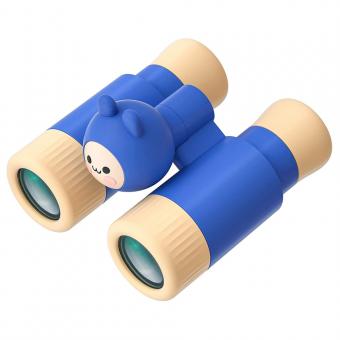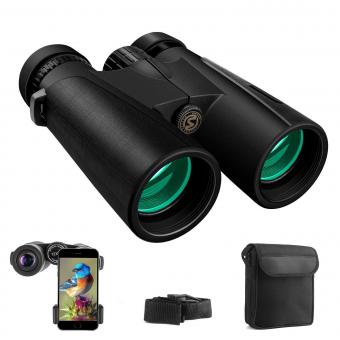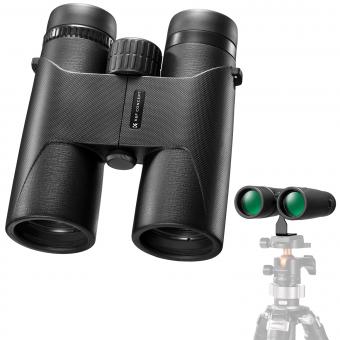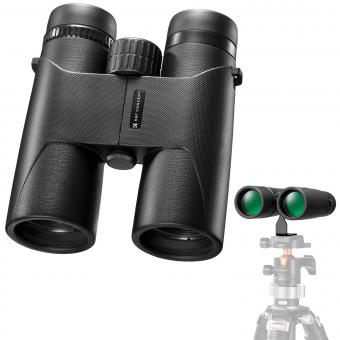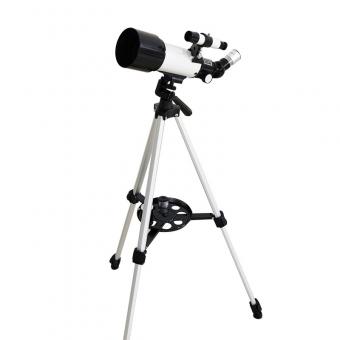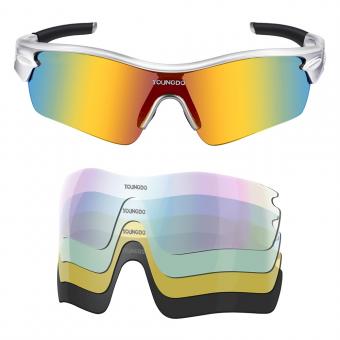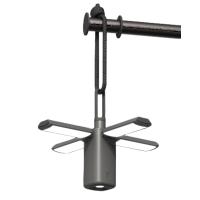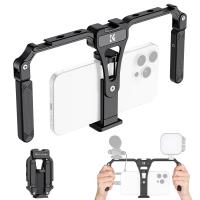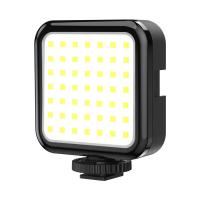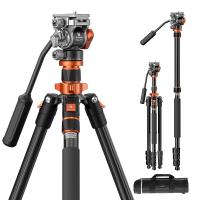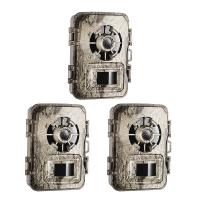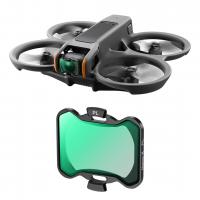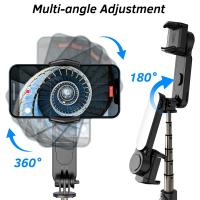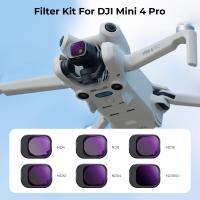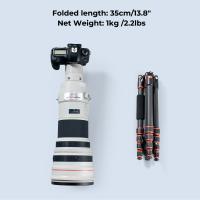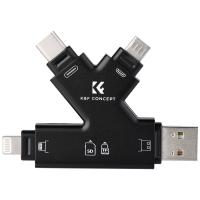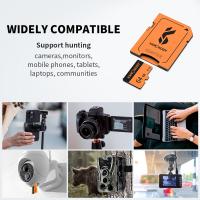What Does The 10x50 Mean On Binoculars?
Understanding Binocular Specifications: What Does 10x50 Mean?
When shopping for binoculars, you will often come across numbers like 10x50, 8x42, or 7x35. These numbers are not arbitrary; they provide crucial information about the binoculars' capabilities and are essential for making an informed purchase. In this article, we will delve into what the numbers 10x50 mean, how they affect your viewing experience, and what you should consider when choosing binoculars based on these specifications.
The Basics: Magnification and Objective Lens Diameter
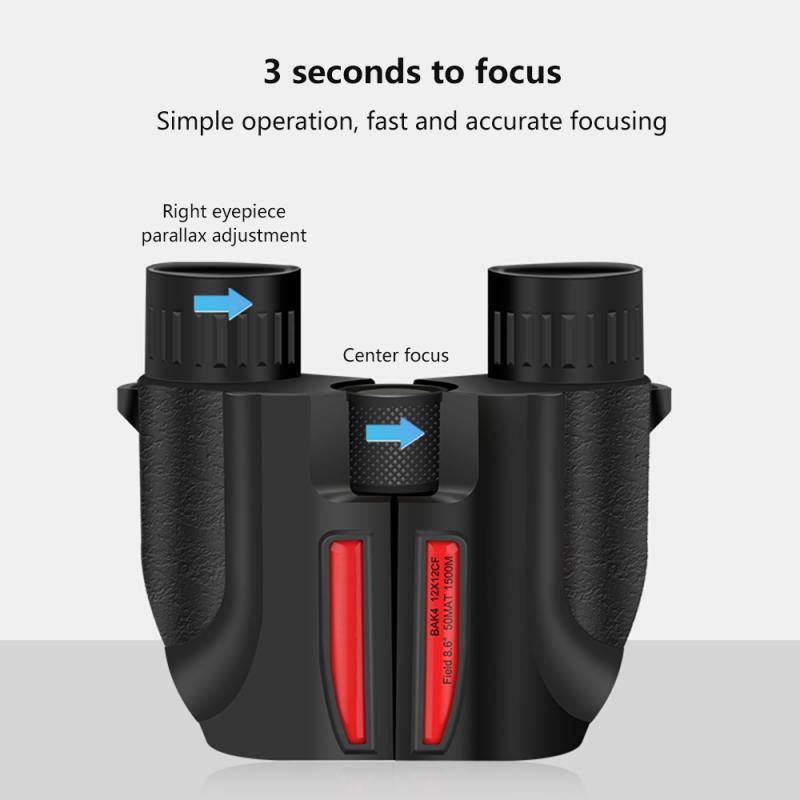
The numbers in binocular specifications, such as 10x50, are broken down into two main components: magnification power and objective lens diameter.
Magnification Power (10x)
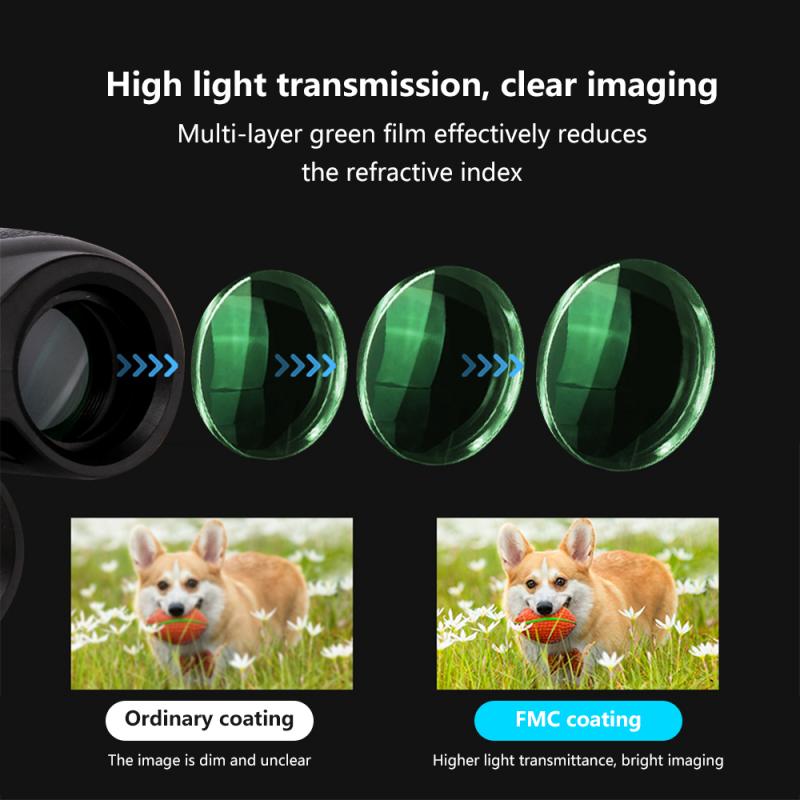
The first number (10x) represents the magnification power of the binoculars. In this case, 10x means that the binoculars can make an object appear ten times closer than it would to the naked eye. For example, if you are observing a bird that is 100 meters away, it will appear as if it is only 10 meters away when viewed through 10x binoculars.
Higher magnification can be beneficial for detailed observations, such as bird watching, wildlife viewing, or stargazing. However, it is important to note that higher magnification also has its drawbacks. It can make the image shakier, especially if you are holding the binoculars by hand. Additionally, higher magnification can reduce the field of view, making it harder to track moving objects.
Objective Lens Diameter (50mm)
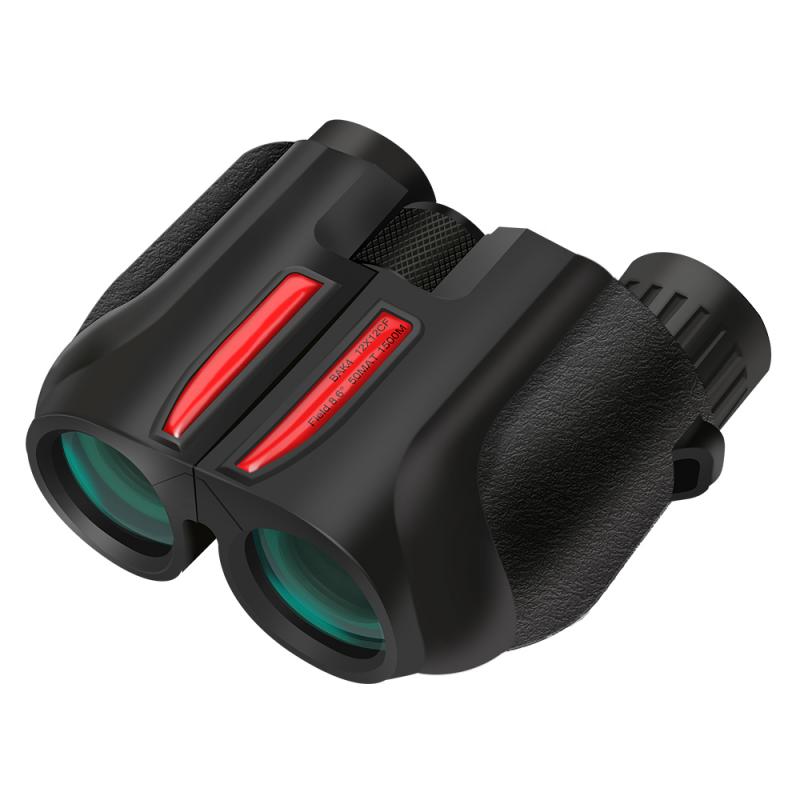
The second number (50) refers to the diameter of the objective lenses, which are the lenses at the front of the binoculars. This measurement is given in millimeters. In this case, 50mm means that the objective lenses have a diameter of 50 millimeters.
The size of the objective lens is crucial because it determines how much light the binoculars can gather. Larger objective lenses can capture more light, resulting in brighter and clearer images, especially in low-light conditions such as dawn, dusk, or cloudy days. However, larger lenses also make the binoculars bulkier and heavier, which can be a consideration for portability and ease of use.
Balancing Magnification and Objective Lens Size
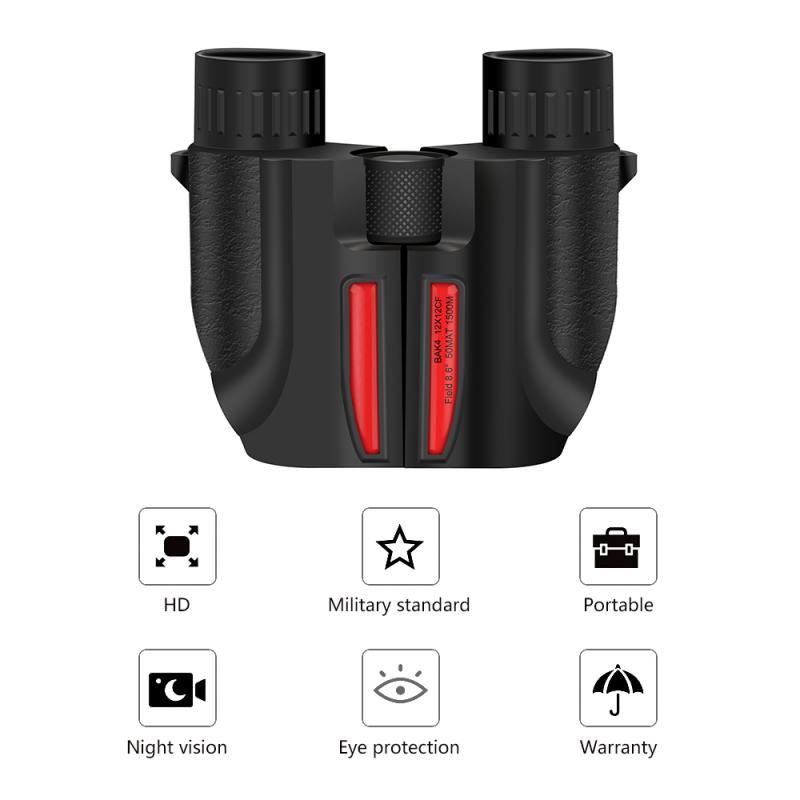
When choosing binoculars, it is essential to balance magnification power and objective lens size based on your specific needs and preferences. Here are some factors to consider:
Use Case
- Bird Watching and Wildlife Viewing: For these activities, a magnification of 8x to 10x is generally recommended. A larger objective lens (42mm to 50mm) can be beneficial for observing details and ensuring bright images in various lighting conditions.
- Sports Events and Concerts: A lower magnification (7x to 8x) is often sufficient for these activities, as it provides a wider field of view and reduces image shake. A smaller objective lens (25mm to 35mm) can make the binoculars more compact and portable.
- Astronomy: For stargazing, higher magnification (10x or more) and larger objective lenses (50mm or more) are ideal. These specifications allow you to see celestial objects in greater detail and gather more light for clearer images.
Portability
Consider how and where you will be using the binoculars. If you need a pair that is easy to carry around, such as for hiking or traveling, you might prefer a more compact model with a smaller objective lens. On the other hand, if you prioritize image quality and brightness, especially for stationary activities like bird watching from a fixed location, larger binoculars with bigger objective lenses might be more suitable.
Image Stability
Higher magnification can make it challenging to keep the image steady, especially if you are holding the binoculars by hand. If you opt for binoculars with 10x magnification or higher, you might want to consider using a tripod or choosing a model with image stabilization features.
Additional Considerations
While magnification and objective lens diameter are the primary specifications to consider, there are other factors that can influence your choice of binoculars:
Field of View
The field of view (FOV) is the width of the area you can see through the binoculars at a specific distance, usually measured in feet at 1,000 yards or meters at 1,000 meters. A wider field of view is beneficial for tracking moving objects and scanning large areas. Higher magnification typically results in a narrower field of view, so it is essential to find a balance that suits your needs.
Eye Relief
Eye relief is the distance between your eyes and the eyepieces while still seeing the full field of view. This is particularly important for eyeglass wearers, as insufficient eye relief can make it difficult to see the entire image. Look for binoculars with at least 15mm of eye relief if you wear glasses.
Coatings
Lens coatings can significantly impact image quality by reducing glare and improving light transmission. Fully multi-coated lenses are generally the best option, as they provide the highest level of clarity and brightness.
Build Quality
Consider the build quality and durability of the binoculars, especially if you plan to use them in rugged or outdoor environments. Look for features like waterproofing, fog-proofing, and rubber armor for added protection and grip.
Understanding what 10x50 means on binoculars is crucial for making an informed decision that meets your specific needs. The 10x magnification provides a closer view of distant objects, while the 50mm objective lens ensures bright and clear images, even in low-light conditions. However, it is essential to balance these specifications with other factors such as portability, image stability, field of view, and additional features like eye relief and lens coatings.
By considering all these aspects, you can choose the right pair of binoculars that will enhance your viewing experience, whether you are bird watching, attending a sports event, or stargazing. Remember that the best binoculars for you are the ones that align with your specific requirements and preferences, providing you with the optimal balance of magnification, brightness, and ease of use.



